
Demineralized Water Plant Enhances the Performance of Batteries
In lead-acid batteries, water purity can have a significant effect on product performance. Therefore, water usage needs to be viewed as a priority for maximum performance. In addition, contaminants in the water source play an important role in the performance and life of a battery. Please have a look at the article to discuss why inverter battery water is important and which water is used. We have mentioned a few do’s and don’ts for filling water. We will focus on the use of distilled water in a car battery, the difference between demineralized water and reverse osmosis water. And also,why RO water is not used in a battery. Keep reading the article till it lasts.
DM water is used in the inverter and car batteries for long-running purposes. Nowadays, DM water is also used in watch-making factories for washing out the dial. As it has no TDS, it clears the dial very effectively. The acid used inside the inverters is generally diluted sulphuric acid. The water level has to be topped off to ensure that it is diluted enough and doesn’t lose its efficiency over time. However, we should not just pour any water in the battery. Demineralization is the process of removing mineral salts from water by using the ion exchange process. Water is completely free ( or almost ) of dissolved minerals because of distillation.
Regular water has ions in it. If you use drinking water for your batteries, the ions will clog the electrodes, form a layer, and inhibit the chemical reactions that produce the current. If the water contains organic compounds or dust particles, the chemical reactions in the batteries will hamper. Modern car batteries have reduced maintenance requirements and may not provide caps for adding water to the cells. Such batteries include extra electrolytes above the plates to allow for losses during the battery life. If the electrolyte liquid level drops too low, the plates are exposed to air, lose capacity, and are damaged. Impurities or additives in the water will reduce the life and performance of the battery.
A drop of water, if it could write out its own history, would explain the universe to us.- Lucy Larcom
Distilled water is free of these ions, and hence, causes no problems for the electrodes. It ensures the smooth functioning of the batteries. That is why, when it comes to inverter battery water, using only distilled water is suggested. Deionized water is the purest form of water, but it is most expensive. The process of deionization removes all particles (organic and inorganic) from water through ion exchange. Distilled water contains no dissolved minerals, salts, organic and inorganic compounds that may harm the battery. Therefore battery manufacturers recommend distilled water for better performance and longer battery life.
Here are the lists of dos and don’ts you need to be cautious of if you own an inverter battery:
Do’s:
- Use only distilled water for your inverter battery.
- Check the level of distilled water in your battery every month.
- Wear gloves while filling distilled water in the battery.
- Set a smartphone reminder at regular intervals that provide you notifications about the water levels.
Don’ts:
- Avoid overfilling or underfilling distilled water in the inverter battery.
- Allow the water to leak out of the chambers.
- Use RO water or any other filtered water as a replacement for distilled water.
Car batteries use lead-antimony plates, which require regular watering to replace water lost due to electrolysis on each charging cycle. By changing the alloying element to calcium, more recent designs have a lower water loss unless overcharged. For this reason, manufacturers recommend using demineralized or distilled water in car batteries.
Reverse Osmosis uses pressure to reverse water flow, so the water passes through a membrane and carbon filters to filter out chemicals, bacteria, and minerals. Deionization is a water treatment process that targets mineral salt contaminants. The purification process removes cations from the water such as calcium, copper, iron, sodium ions, and anions, such as bromide and chloride.
Reverse Osmosis uses pressure to reverse water flow, so the water passes through a membrane and carbon filters to filter out chemicals, bacteria, and minerals. Deionization is a water treatment process that targets mineral salt contaminants. The purification process removes cations from the water such as calcium, copper, iron, sodium ions, and anions, such as bromide and chloride.
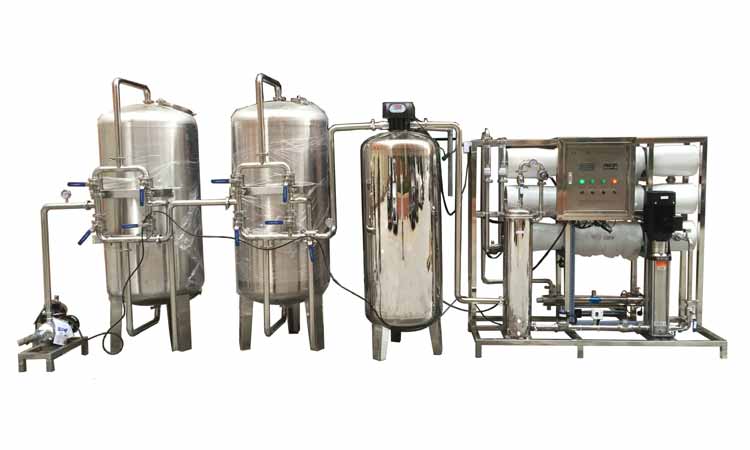
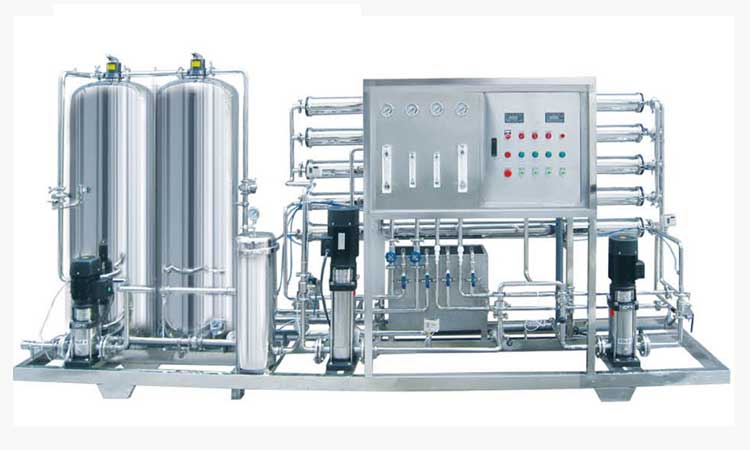
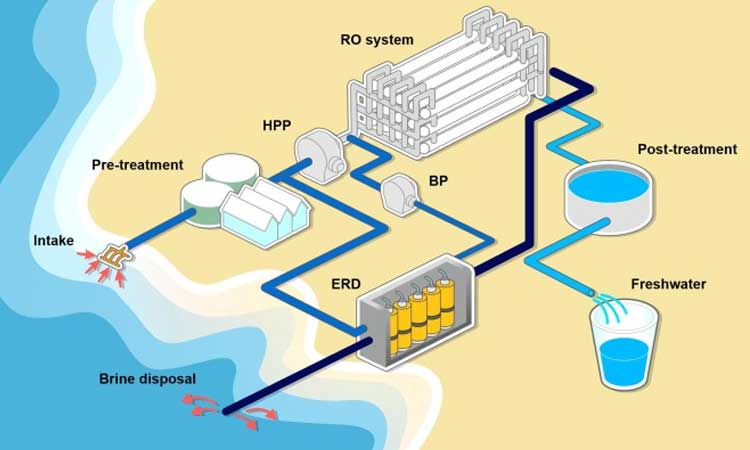
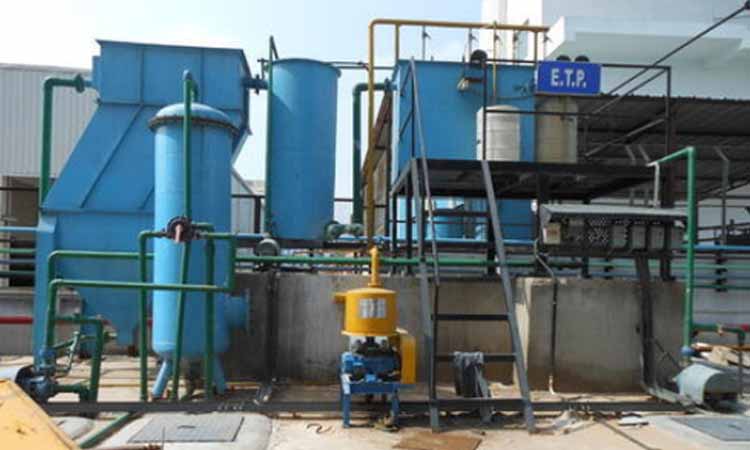
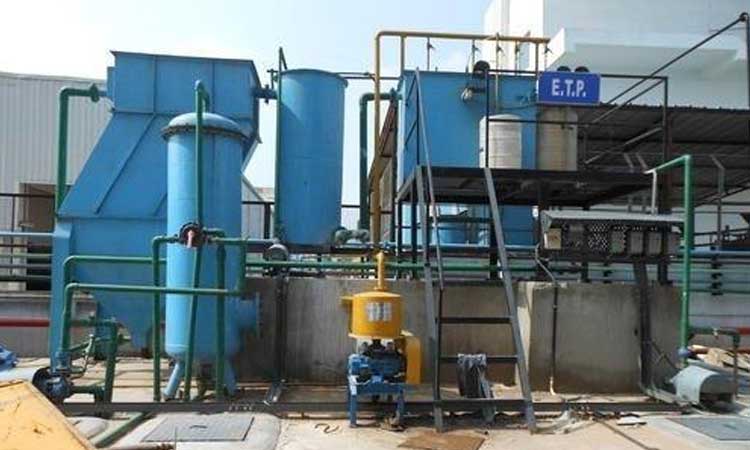
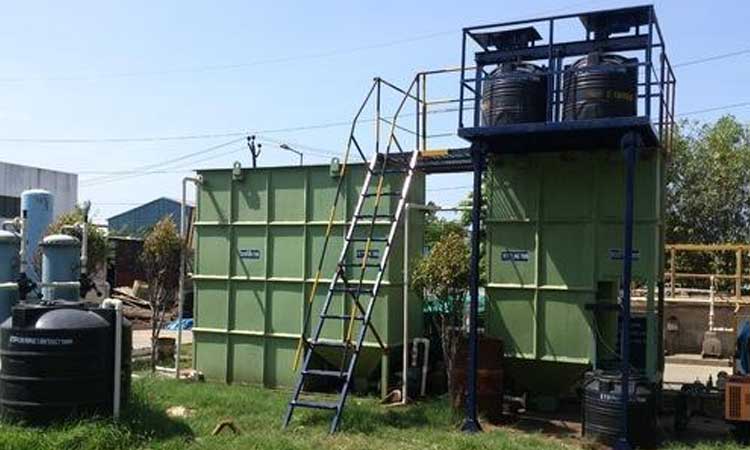
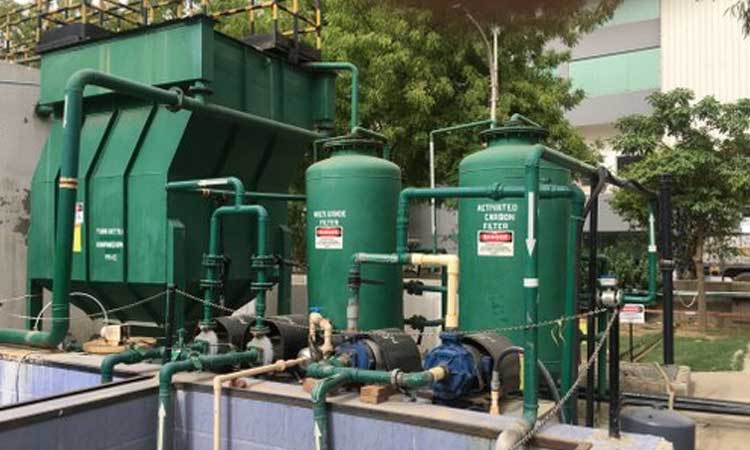

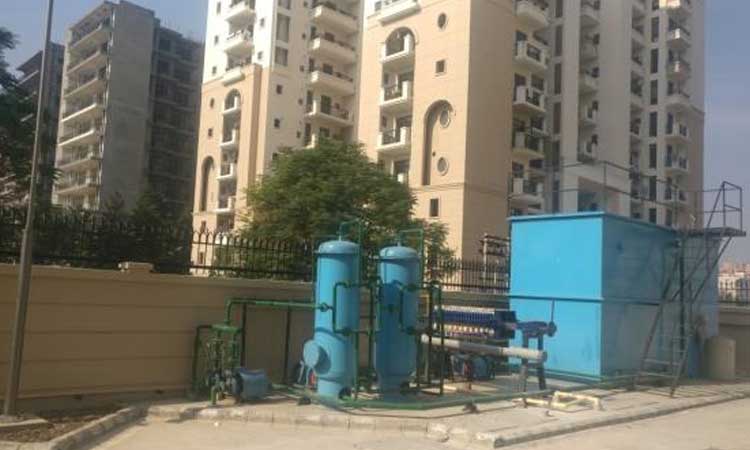
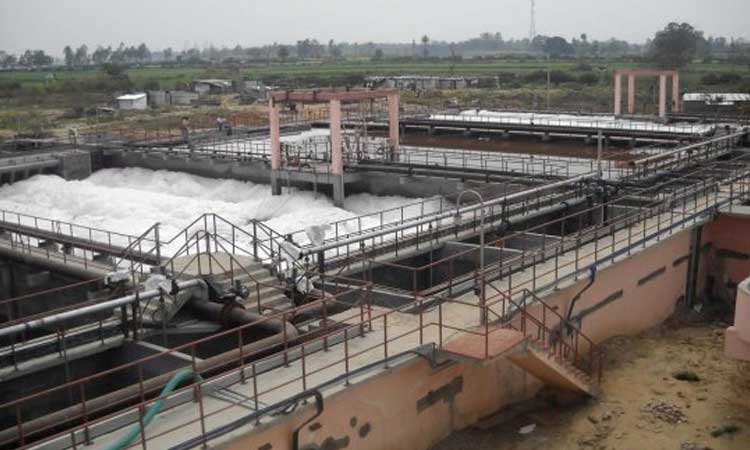
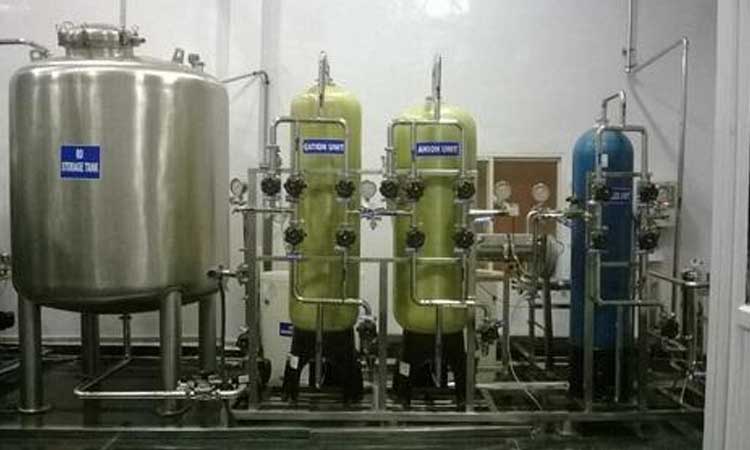

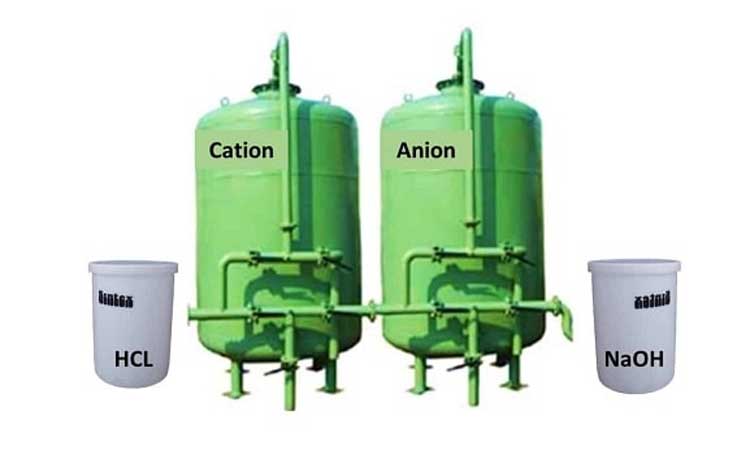


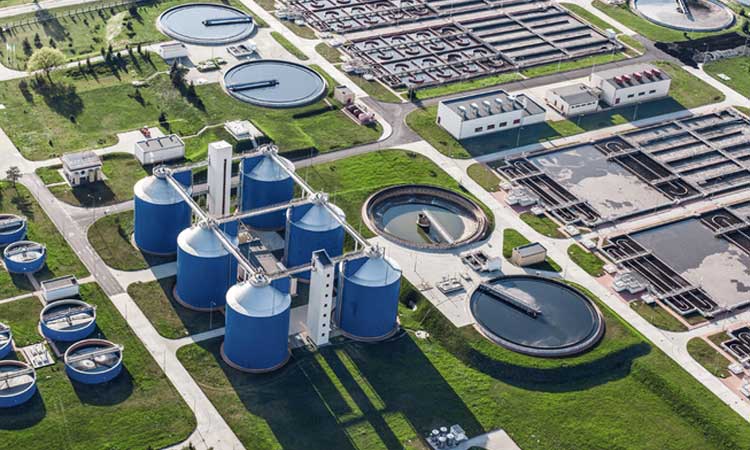


Comments
India’s population is expected to REACH TO ITS EXTREME HIGH By 2025. The Water Resources Group estimates that the country’s available water supply will only meet about half the demand within 18 years.India needs secure and safe supplies of water for sustained growth.
We should save water by exercising some very simple tips in our daily life. Water is more precious than gold.
Used water (also called grey water) coming from bathtub, washing machine, kitchen sink etc may be reused by storing it in a separate storage area. This may be purified and used for daily use.